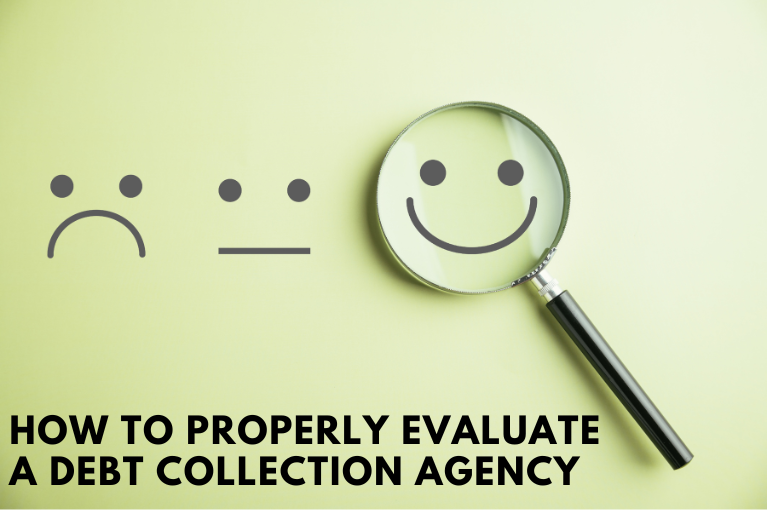Agreeing to take payments is an area of debt collection where you will find a wide range of differing opinions. Some experts will argue that agreeing to a payment plan virtually guarantees that you will never receive full payment. Payment plans also make international debt collection more complicated. On the other hand, at least with a payment plan you are able to recoup a portion of the amount owed.
If you look at every debt collection situation as a unique engagement with an actual person, you are likely to gravitate toward the opinion that the payment plan decision all depends on the situation. Sometimes it is better to hold out for the full amount, while sometimes it is better to take payments. Of course there are also times when you make a decision and it turns out to be the wrong one.
This whole topic boils down to two different points where we can improve our decision-making skills regarding payment plans. First, we need to do the best job possible of assessing a consumer’s ability to pay and their ability to make continued payments. Then, we have to make sure that we negotiate the best possible payment plan if we choose to go that route.
Assessing Ability to Pay
In your conversations with the consumer, you will want to look for details that will allow you to evaluate their ability to make the full payment or partial payments. One of the easiest ways to do this is to simply ask “How short are you from paying the full amount?” This will give you an indication of how close they are to having the full amount owed.
Another way you can assess their ability to pay is to ask if there is anywhere else that they could borrow the money to pay you. Many times consumers are willing to borrow the money from family members if you ask them in the right manner.
This can be a very tricky process. You want to make sure that you get as much information as you can, but you also don’t want to push the debtor too far. If you cross a line with them, they might shut down and refuse to discuss any payments with you.
If you determine that the debtor is unlikely to come up with the full amount and you believe that taking payments might be your only option, then you have to begin the process of negotiating those payments.
Negotiating the Payments
The minute you decide that the best course of action is to accept partial payments, you should immediately roll into negotiation mode. This is where the question of how short the debtor is can come back into play. If they are short half the amount, you might be able to get that up front and a commitment to pay you the rest at a later date.
One of the biggest rules in any form of negotiation is to NEVER be the first person to throw out a number. By requiring the debtor to give a number or a date first, you instantly grab the upper hand in the negotiation. Also, you will want to keep in mind that you have all of the leverage on your side. The debtor is the one who is violating your agreement with their past due account. You have the legal right to the payment; you are simply attempting to facilitate a smoother transaction.
Obviously, your goal will be to get the shortest term and the largest payments that you can convince the debtor to agree to. One helpful tactic is to suggest full payment up front through post-dated checks. You could also suggest promissory notes or written personal guarantees. You will also want to have a signed written copy of the repayment plan that you and the debtor agree to.
While payment plans are never the optimal choice, sometimes they are the only option. Negotiating the best possible terms for the situation can make sure that you aren’t leaving any partial payments on the table.






